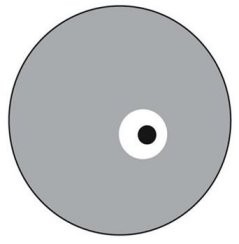You are examining a bacterial enzyme associated with glycolysis. You would expect expression of the enzyme to be
A) amplified when glucose is depleted.
B) induced by glucose.
C) repressed by glucose.
D) induced when ATP concentrations in the cell are high.
E) controlled by a riboswitch.
Answer: B
You might also like to view...
Which muscles contract during a restful expiration?
a. external intercostals. b. diaphragm. c. abdominal. d. both b and c.
Which of the following is not a feature of a seed?
A. Environmental signals such as light or temperature can trigger germination. B. It contains a protective coat formed from the outer layers of ovule cells. C. It is a complex structure that allows the embryo to be dispersed to distant sites. D. The embryo is surrounded by nutritive tissue or has cotyledons that contain nutritive tissue. E. It contains a large percentage of water to support the embryo.
Why are the components of the electron transport chain embedded in the inner mitochondrial membrane rather than floating freely in the cytoplasm of mitochondrial matrix?
A. because electrons cannot float in the matrix. B. to separate the ATP from the ADP. C. because NADH cannot localize to the mitochondrial matrix. D. to generate and maintain the proton gradient essential for ATP production.
 Figure 10.1 represents a Petri plate. The gray area is where bacteria A is growing, the black area is where bacteria B is growing. The white area is a zone where neither organism is growing. What is the best interpretation of what is observed on the plate?
Figure 10.1 represents a Petri plate. The gray area is where bacteria A is growing, the black area is where bacteria B is growing. The white area is a zone where neither organism is growing. What is the best interpretation of what is observed on the plate?
A. Bacteria B is producing an antibiotic that inhibits the growth of bacteria A. B. Bacteria A produces a compound that inhibits the growth of bacteria B. C. Bacteria A grows faster than bacteria B. D. Bacterial colony B has depleted the nutrients in the area around the colony. E. No conclusion can be made from this information.